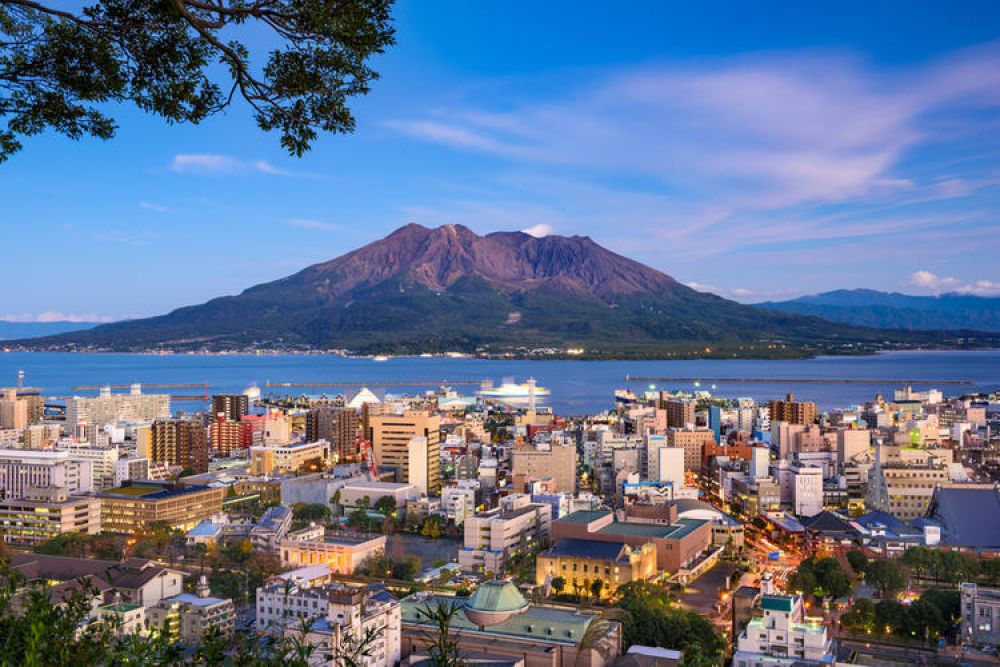

Kagoshima, located on the southern island of Kyushu in Japan, has been an intriguing destination for travelers for centuries. Its rich history, unique geography, and blend of cultural heritage have contributed to a diverse tourism experience.
Tourism in Kagoshima can trace its roots back to the Edo period (1603-1868), where the Satsuma domain, as it was known historically, played a crucial role in the political and international affairs of Japan. While not a tourist destination in the modern sense, it attracted scholars, diplomats, and tradespeople, particularly after the Shimazu clan, the ruling family of Satsuma, began to trade with foreign countries through the Ryukyu Kingdom.
The true kickoff of Kagoshima as a tourist destination began during the Meiji Restoration, with the modernization of Japan. In 1914, the eruption of Sakurajima volcano garnered global attention, sparking a curiosity that drew visitors to this area to witness the remarkable volcanic landscapes.
The development of the railway system in the 20th century, especially the opening of the Kagoshima Main Line, significantly increased accessibility to the area, opening up travel opportunities for both domestic and international tourists. During the Taisho and early Showa periods, Kagoshima's hot springs, natural attractions, and historical sites relating to the Satsuma Rebellion began to be promoted more strategically.
Following World War II, Japan as a whole experienced a boom in economic growth, which translated into increased leisure time and disposable income among the populace. This spurred growth in domestic tourism across the nation, including Kagoshida. Developments such as the construction of Ibusuki Sand Baths and the Kirishima National Park in the 1950s made the area increasingly attractive to tourists. In addition, Kagoshima's unique culture and food, including specialties like Kagoshima ramen and Satsuma-age (fried fish cake), became draws in their own right.
In recent years, Kagoshima has embraced its historical roots and natural scenery to appeal to a broader audience. The reopening of the Kyushu Shinkansen line in 2011 reduced travel times from other major cities like Fukuoka and Osaka, further boosting its accessibility.
Sustainable tourism has also come to the forefront, with local businesses and the prefectural government promoting eco-friendly activities and local cultural experiences. Visitors are encouraged to engage with the local communities, learn about Kagoshima's history and culture through interactive experiences, and enjoy the natural environment responsibly.
Eco-tourism and agri-tourism are becoming increasingly popular, with travelers seeking to experience the region's farms, green tea plantations, and the process of making traditional products like Satsuma pottery. Moreover, the charming local festivals, historical landmarks like the Sengan-en Garden, and the diverse geography, from beaches to mountains, continue to draw visitors.
Kagoshima's tourism continues to evolve with these latest trends, focusing on what makes it unique. Investment in local infrastructure, a focus on cultural heritage, and a strong push towards sustainability aim to ensure that Kagoshima remains a popular destination for many years to come.